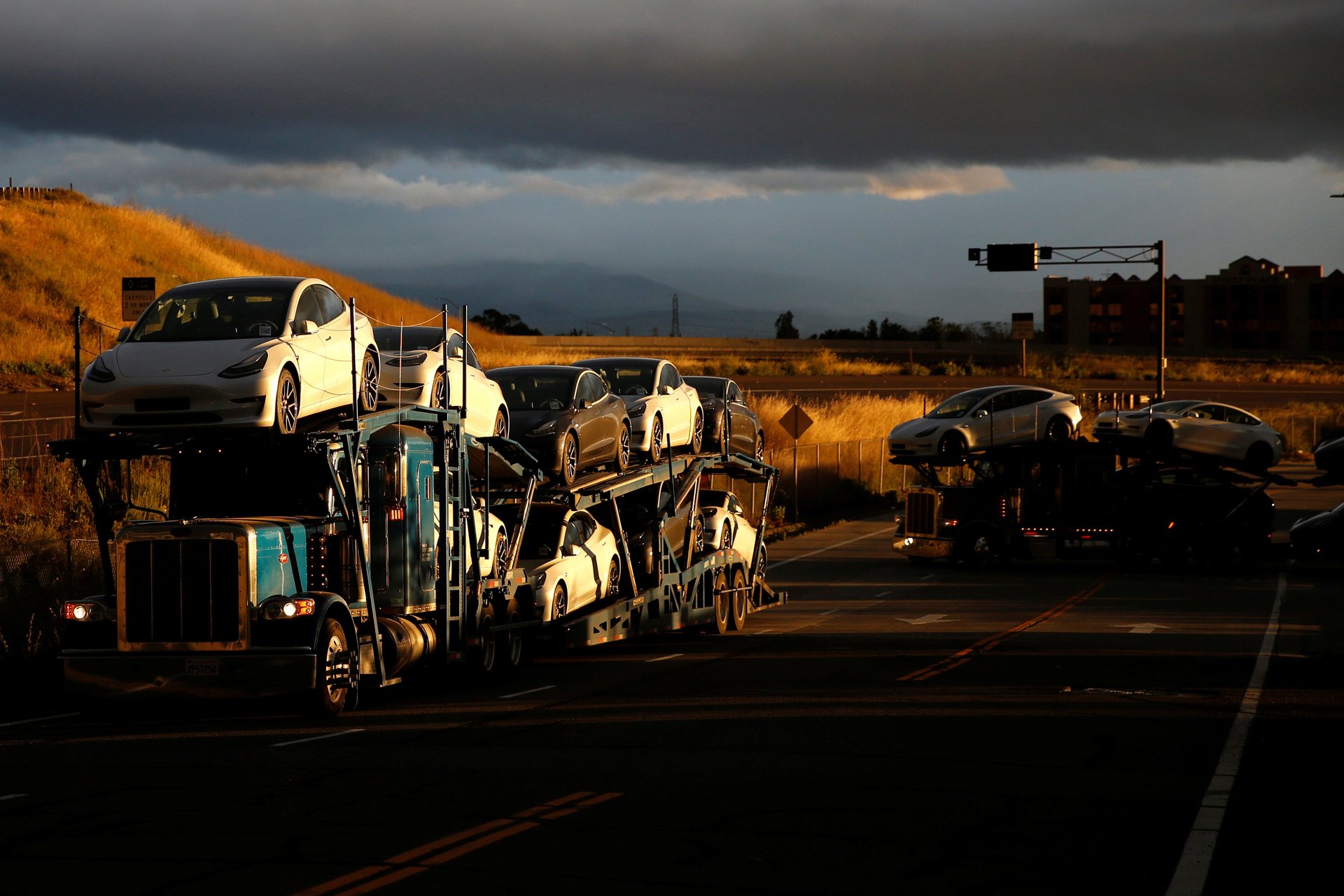Tesla is finally disclosing the full extent of its carbon emissions
Tesla's most recent impact report details its Scope 3 emissions for the first time

Tesla’s most recent impact report (pdf), released late last month, marks the first time the company has accounted for the emissions associated with its supply chain.
Suggested Reading
Conventional gas-powered vehicles produce the majority of their carbon emissions from their tailpipes. Electric vehicles (EVs) like Teslas produce far lower volumes of CO2 emissions in the course of driving. Instead, their emissions come about deeper in their production and supply chains. In the past, EV manufacturers have tended to exclude “Scope 3" emissions: emissions produced, say, by suppliers and vendors, who lie outside the companies’ immediate operations.
Related Content
Scope 3 emissions are both harder to account for and easier to disavow. In its report, Tesla says its supply chain emissions have been undercounted due to a lack of good, consistent data and reporting. “We recognize that we can no longer assume that a missing data point should equate to zero emissions,” Tesla’s report read.
Instead, it turns out that the previously uncounted Scope 3 emissions make up the majority of Tesla’s carbon footprint. Tesla’s Scope 1 (production emissions) and Scope 2 (emissions from purchased electricity and heat) totaled 610,000 metric tons of CO2 in 2022. Its Scope 3 emissions accounted for more than 30.1 million metric tons of CO2 the same year.
Most of Tesla’s emissions come from its supply chain
The largest source of Tesla’s carbon emissions, accounting for 27% of the total in 2022, is the mining of metals and the manufacture of batteries. The aluminum that Tesla uses counts for 18% of its emissions, and the steel for 8%. Tesla scooped the remaining 47% of emissions into the category of “all others,” which includes downstream transportation and distribution, employee commuting and business travel, as well as the “use of sold products”—the actual driving of the cars—which produced 3.4 million metric tons of CO2 emissions.
In Tesla’s battery supply chain, most emissions come from chemical processing of lithium, nickel and cobalt, with mining extraction and transportation making up smaller portions.
While EV supply chains currently produce more emissions than the supply chains of gas-powered vehicles, the lifetime emissions of conventional cars are much higher, as they continues to burn gasoline for throughout their average lifespan of 17 years. An EV, though, will produce 55 tons less of CO2 emissions in its lifetime, according to Tesla’s calculations. And as more of the world’s manufacturing processes electrify, Tesla’s Scope 3 emissions will drop as well.
